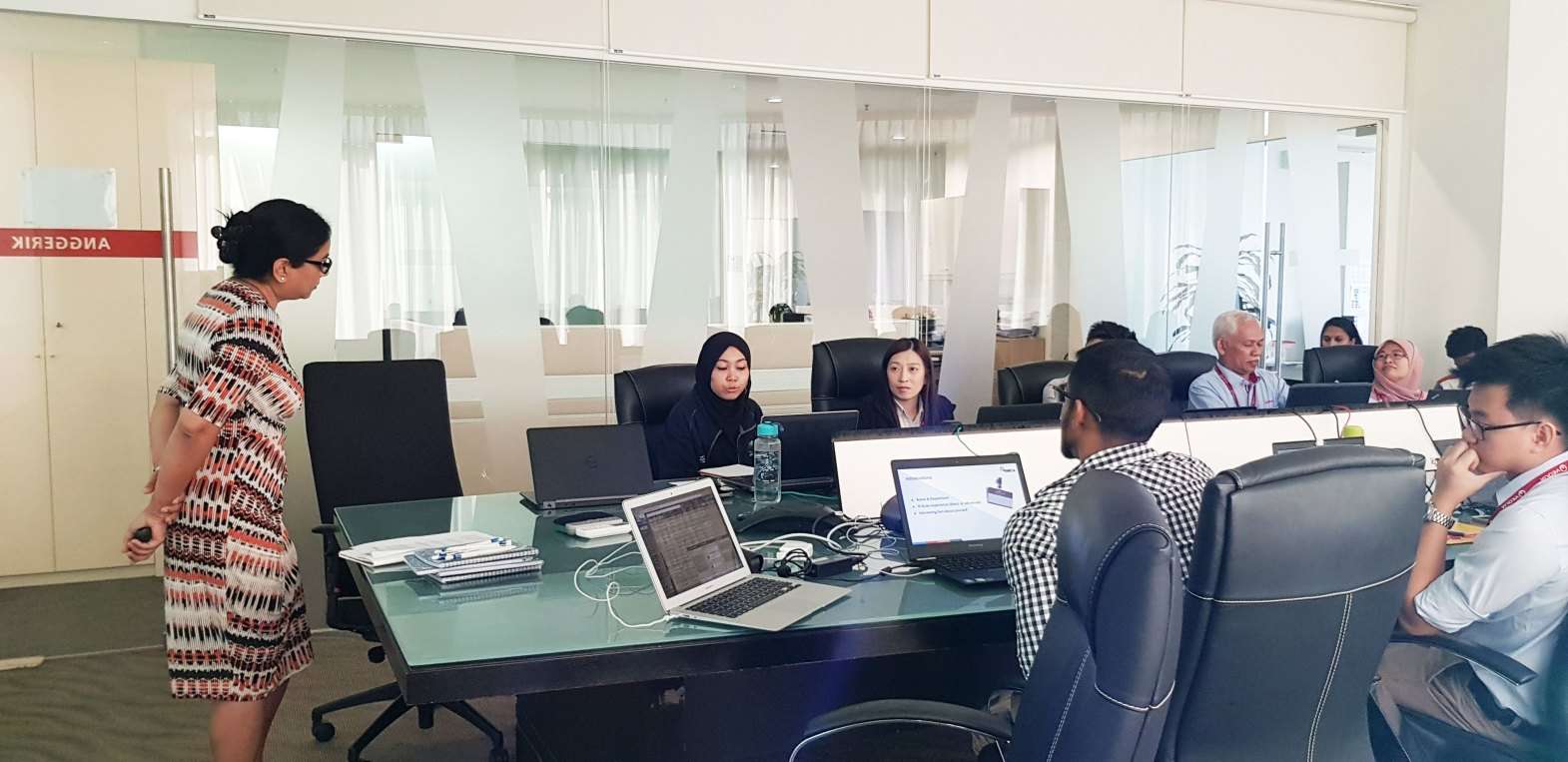Why SaaS Customer Onboarding is Important
Landing new customers is a hell of a lot of work for B2B (business-to-business) software companies. Even the easy deals require extensive brand awareness efforts, targeted marketing, testimonials, sales conversations, proposals, and so much more.
If there’s so much effort put in to acquiring a customer, then why do so many businesses stop caring once the deal is signed? Customers tend to expect the amount of attention they received during the sales process to continue once they sign on the dotted line. Too often however, they are let down when software training begins and ends with a single meeting or session.
There is good news though! More companies are starting to understand the value of properly onboarding customers (addressing pain points, guiding setup, on-site tutorials, etc.) and providing more attention as needed to their new customer base.
Here are a few reasons why SaaS customer onboarding is seeing a surge in popularity and why it’s valuable to software companies:
Good onboarding reduces customer churn – Simply put, providing an inadequate onboarding experience increases the chance that customers will leave your business. You want them to become invested in your business, and the best way to do that is by encouraging (and sometimes hand-holding) customers to learn about your software. If there’s time invested, customers are less likely to walk away.
It reduces the amount of support inquiries – Customers who aren’t provided with a solid onboarding experience will have lots of questions. And, guess who answers them? Your SaaS customer support team. While it’s important for a customer to become familiar with how your support process works, answering the same basic questions over and over has a significant negative impact on internal morale. Customer support software solutions can help to streamline simple requests via chat and self-service technology, but properly onboarding customers will eliminate the need to answer these questions altogether.
Great onboarding encourages internal training – It should come as no surprise that new customers usually enjoy learning from their colleagues more than you. They are often more available to answer questions and can also do a better job relating how the software works within the company’s broader operations. That’s why properly onboarding a small group of people from the start to be the “champions” of your software for the company makes the most sense. If they go through a great SaaS onboarding experience, knowledge will spread naturally as needed throughout the entire company. It also isn’t a bad idea to have another onboarding session in the future if key customer contacts with knowledge of your software have recently left to pursue a new opportunity.
 |
Looking to change your process? Click here to download our whitepaper with some of the top SaaS onboarding best practices!
|
It enables customers to provide better product feedback – The more your customers know about your software, the better! When SaaS companies ask for feedback, uneducated customers will provide simple phrases such as “make it faster” or “change the color”. This isn’t helpful information at all. But, if your customers understand your software, you’ll notice the level of product feedback will also improve. “Accelerate the report processing speed” and “change the banner color in the Admin area” are just two examples of actionable feedback that educated customers will share. This detailed information is essential in prioritizing how you improve your product.
To summarize, SaaS customer onboarding is valuable to software companies because it improves the overall experience for everyone involved. Customers come away from a great onboarding program full of knowledge and more invested in your technology. SaaS companies will notice a decrease in basic questions reaching support and will see customer feedback improve. Onboarding may look like a “sunk cost” with freshly signed customers, but it’s actually a valuable first step to a great customer relationship.






